Elephant - Sacred animal
In the culture of the indigenous peoples in the Central Highlands, elephants are not only close pets but also sacred animals, the embodiment of the "elephant god" (Nguăch Ngual) - a powerful and prestigious god who protects and brings peace to the village and is a symbol of power, strength, status and wealth of humans.
The M'Nong people value elephants so much that when the elephants are still alive, they hold ceremonies to pray for their health; to marry their husbands; to pray for the elephants when they are pregnant or giving birth; to cut off their tusks; to pray to the gods when they accidentally injure the elephants.... When an elephant dies, the whole village is not allowed to beat gongs, drink alcohol, or sing. Villagers must stop working in the fields to bury the elephants as if they were children of the village. To express their grief for the elephants, the M'Nong people also have a song: " A dead chicken must be buried/A dead pig must be buried/A dead dog must be buried/A dead cow must be buried/A dead buffalo must be buried/A dead elephant must be caged/A dead hero must be sculpted" .
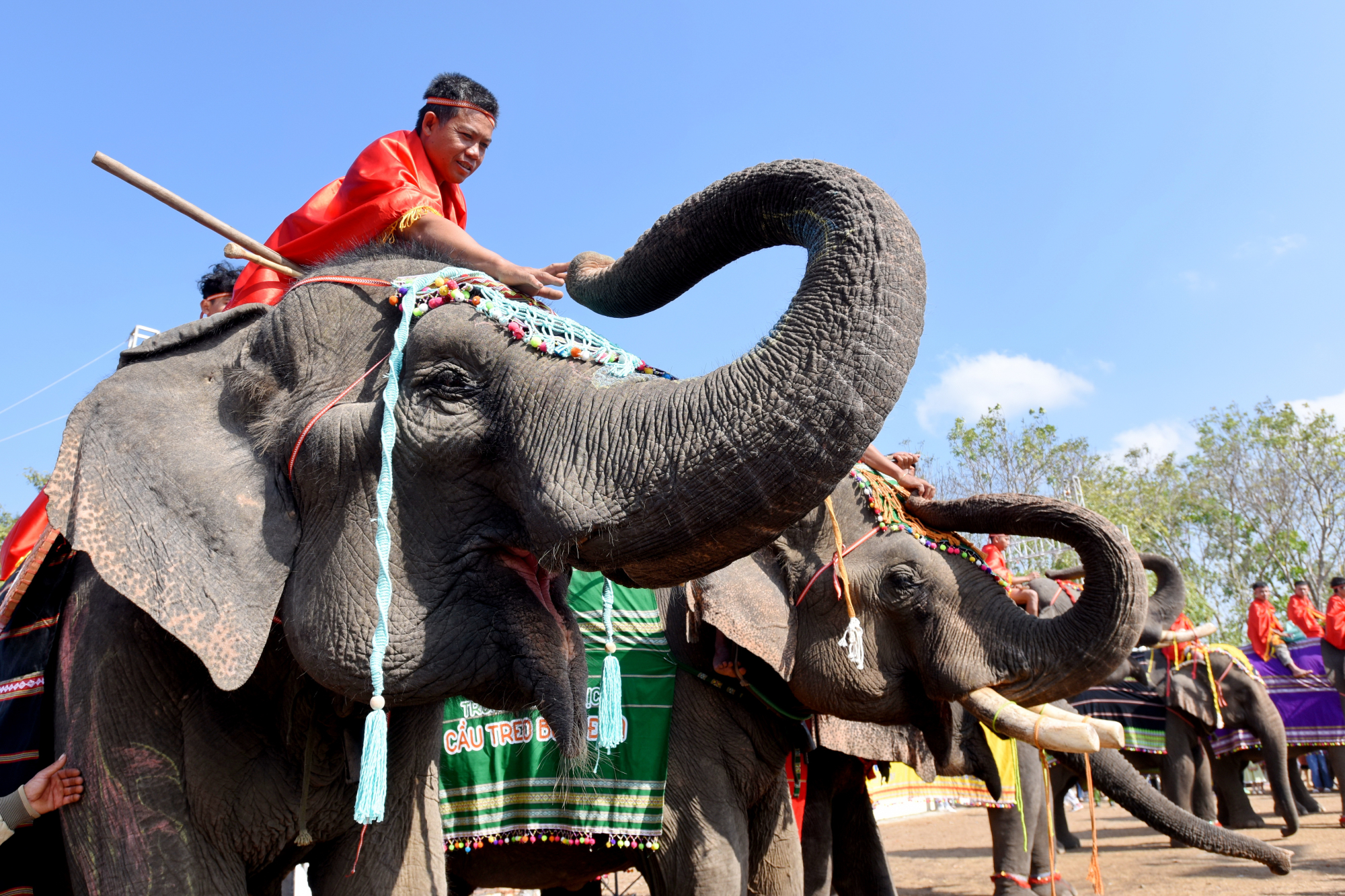
The joyful face of a Central Highlands elephant during the festival. Photo: Thanh Hoa
Elephant keepers and tamers also have strict customs such as: do not eat elephant meat, do not use items made from elephant skin, do not eat salt and ash, do not enter a house where someone has just given birth or died within a year... because people believe that if they do not comply with the above regulations, the elephant will become sick, destructive, crazy and if not worshiped and treated promptly, it will die or betray its owner.
Tragic stories and warnings about elephant decline
Although they are sacred animals, the Central Highlands elephants have sometimes been on the brink of decline, even extinction. The tragic stories about the fate of the Central Highlands elephants have sounded the alarm about the exploitation that has exhausted the elephants and even the brutal pursuit by poachers for the profit from exploiting ivory, elephant tail hair, etc.
Until now, elephant breeders in Buon Don, Dak Lak province still cannot forget the tragic story of their two famous beautiful elephants. That was one night in mid-October 2010, while being chained at the edge of the forest, elephant Pac Ku - the elephant with the most beautiful tusks in Buon Don was doused in gasoline by a group of poachers, whose head and buttocks were burned. Not stopping there, they also cruelly blinded Pac Ku and slashed him more than 200 times all over his body in an attempt to cut off his tail, take his fur and steal his tusks. Despite the efforts of leading experts to save him, Pac Ku has been forever left in the wilderness. Previously, in May 2010, elephant H'Panh - a 55-year-old female elephant from Buon Don, when released into the forest to eat, collapsed in a pit of "elephant thieves" and died.
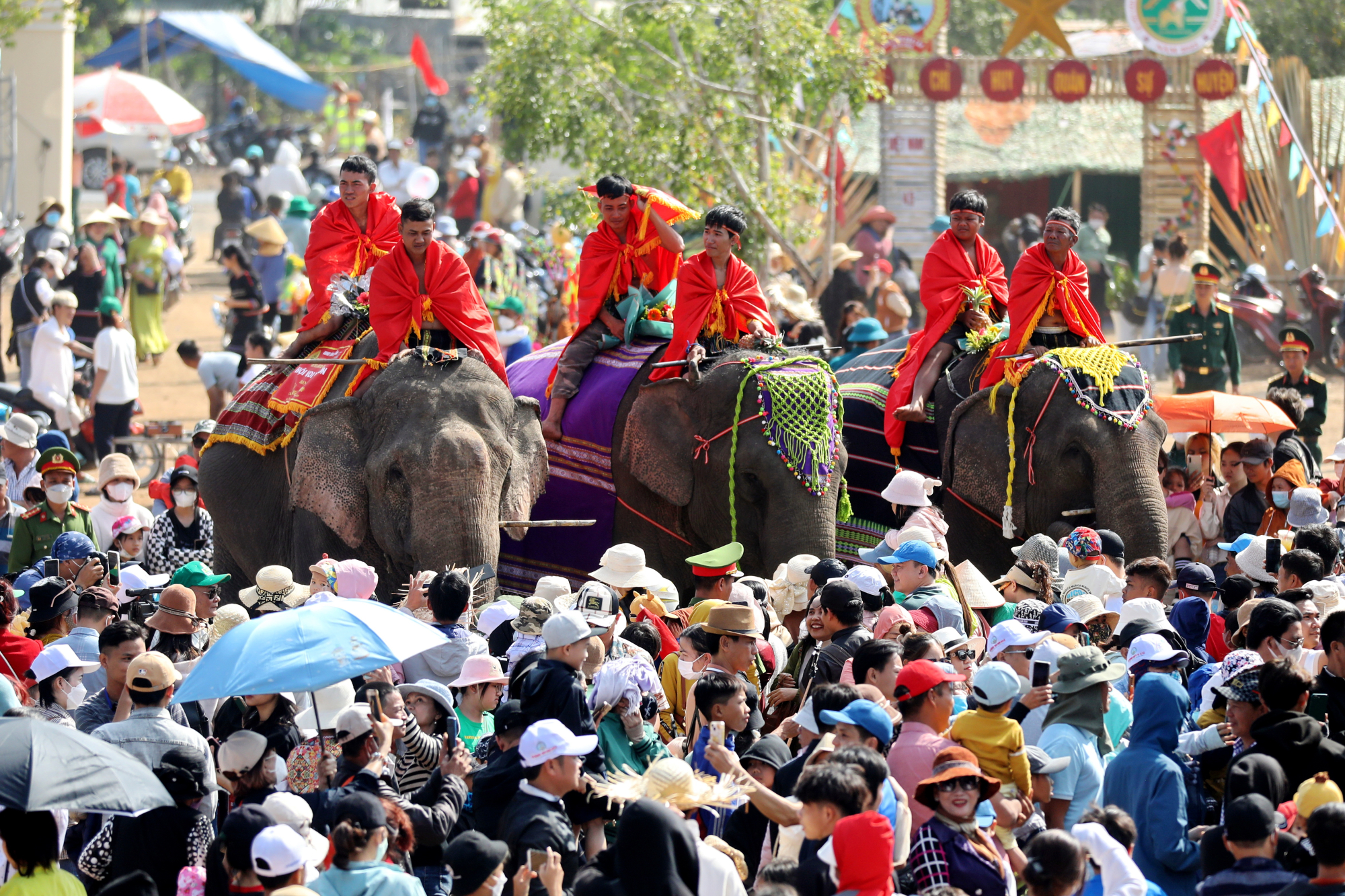
Elephants participating in Buon Don elephant festival. Photo: Thanh Hoa
Mourning the passing of Pac Ku and H'Panh, the villagers held a funeral and built tombs for them according to village customs. Currently, the tombs of Pac Ku and H'Panh elephants lie side by side in Buon Don Tourist Area, becoming one of the famous tourist attractions reminding of the pain of the Central Highlands elephant "tragedy" and also a warning about elephant poaching.
Along with the problem of poaching, the over-exploitation of elephants for tourism and cargo transportation has caused the health of elephants to decline, as well as the shrinking of natural forests and loss of habitat, causing the elephant resources of the Central Highlands to decline sharply in both quantity and quality.
According to a study, over the past 30 years, the number of elephants in Vietnam in general and the Central Highlands elephants in particular has been decreasing rapidly every year. In the 1990s, it was estimated that the number of wild elephants in Vietnam was about 1,500 - 2,000 individuals. However, currently, there are only about 124 - 148 wild elephants, distributed in 8 provinces including Son La, Nghe An, Ha Tinh, Quang Nam, Dak Lak, Dak Nong, Dong Nai and Binh Phuoc . Regarding domesticated elephants, according to 2018 statistics, the country has 91 domesticated elephants in 11 provinces and cities. In Dak Lak province alone, which is considered the "capital" of domesticated elephants, the number of elephants has also decreased sharply. Specifically, during 1979 - 1980, Dak Lak province had 502 domesticated elephants but now there are only 30 left, a 90% decrease compared to 1980.
Efforts to protect the treasure of the great forest
In recent years, facing the rapid decline of wild and domesticated elephants, provinces in the Central Highlands, typically Dak Lak, have had to quickly implement an elephant conservation program. Accordingly, in 2010, the Dak Lak Provincial People's Committee approved the Dak Lak Elephant Conservation Project for the period 2010 - 2015; established an Elephant Conservation Center to manage and conserve wild elephant habitats and populations; implement policies and techniques for reproductive health care for domesticated elephants; organize environmental education, maintain and develop the tradition of managing, caring for, and raising domesticated elephants, etc.
In particular, in recent years, with the support of Animals Asia, Dak Lak has implemented the project "Supporting the transformation of elephant tourism models" in Yok Don National Park. The project was launched in 2018 to replace elephant riding tourism and direct experiences that impact elephants with an elephant-friendly ecotourism model. The project also includes cooperation in propaganda and education to raise awareness of elephant protection and conservation for the community around the conservation area; support consulting on the design of elephant care areas to ensure suitability for the purpose and safety for both elephants and visitors.
Thanks to that, Yok Don is currently the only National Park in the country with a tourism model that is friendly to domestic and wild elephants in their natural habitat, attracting many domestic and international tourist groups to visit every year.
In addition, Dak Lak province also made a strong commitment to the Animals Asia Organization in caring for, protecting and conserving elephants in a friendly and sustainable manner, minimizing and aiming to not organize activities that affect the health of domesticated elephants such as: elephant riding tourism, elephant swimming competitions, elephant football, parades on asphalt and concrete roads. In return, this Organization will be responsible for mobilizing legal resources to provide technical and financial support to bring welfare to elephants and households who earn their living from revenue from elephant riding tourism through an elephant-friendly eco-tourism model.
Thanks to that, now when coming to Dak Lak, people no longer see the sight of tourists riding elephants, at big festivals there are no more scenes of elephants parading on the road, elephant racing, elephants playing soccer... but instead there are eco-friendly elephant watching tourism activities at Yok Don National Park, or activities to honor and preserve elephants such as elephant health worshiping ceremonies, elephant makeup contests, elephant beauty contests, elephant greeting contests, organizing buffet parties for elephants, letting elephants interact friendly with tourists...
This spring, if you have the opportunity to go to the Central Highlands, visit Dak Lak, in addition to the interesting Tet customs of the sunny and windy land, visitors will have the opportunity to see healthy elephants leisurely enjoying a peaceful life in the dipterocarp forests of Yok Don National Park, or see with their own eyes the gentle, friendly, hospitable domestic elephants being cared for like a treasure of the great forest right in the villages of the Ede and Mo Nong ethnic groups...
Thanh Hoa
Source


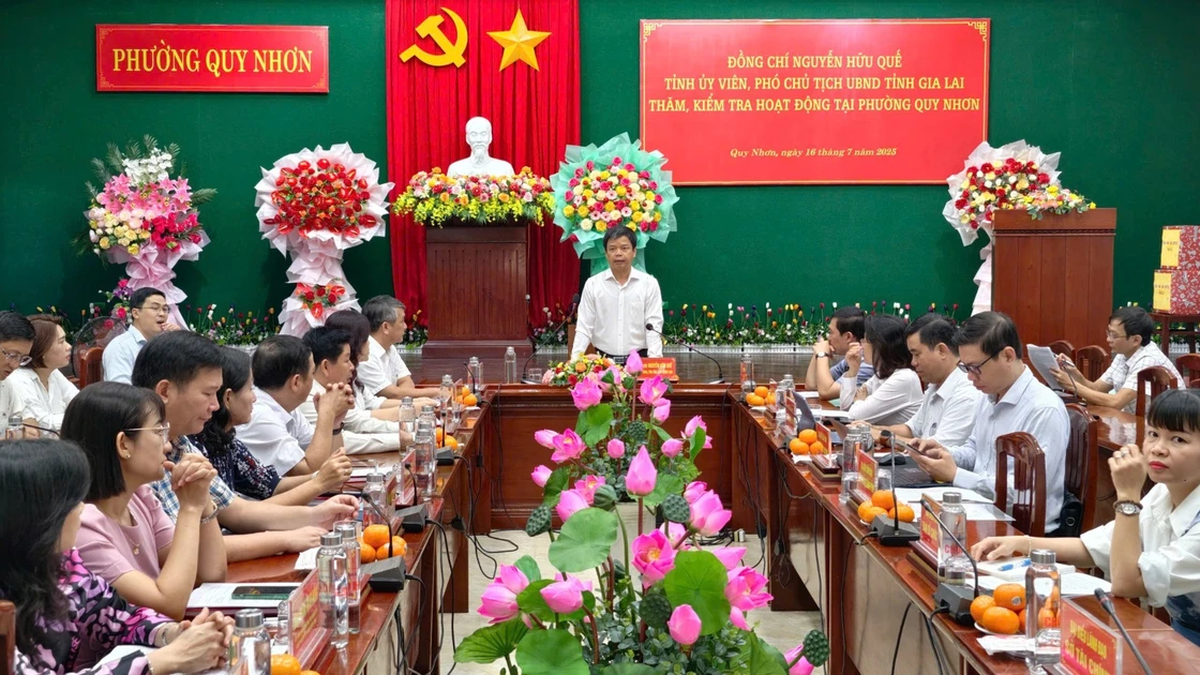




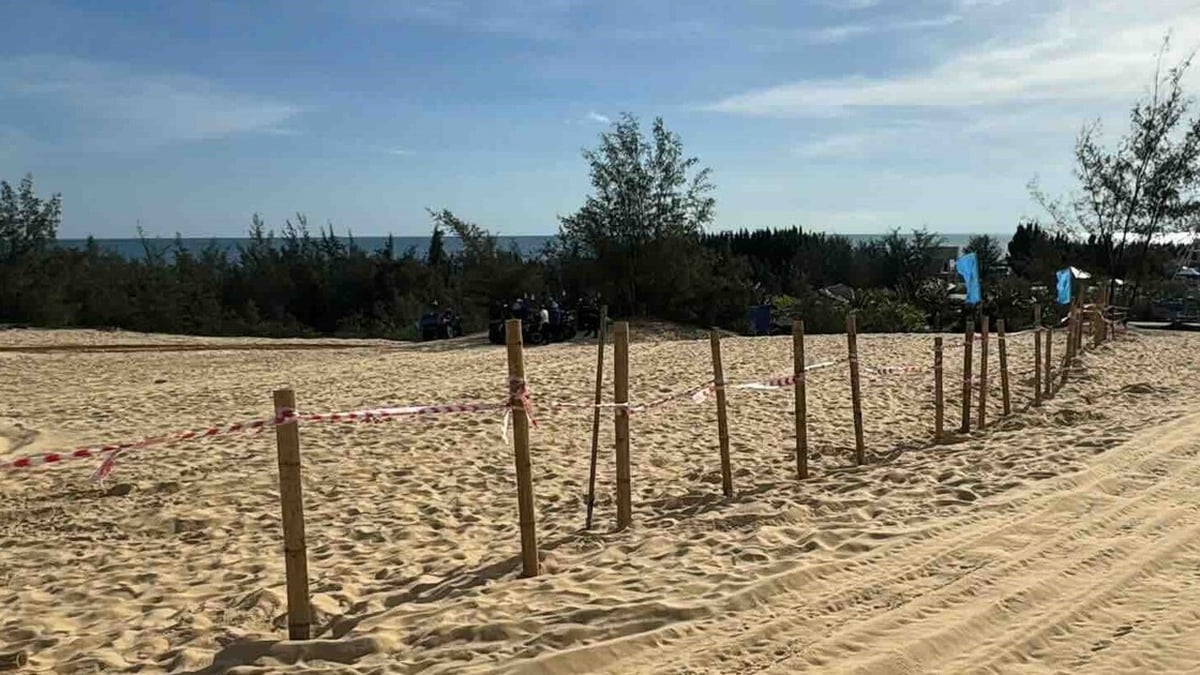
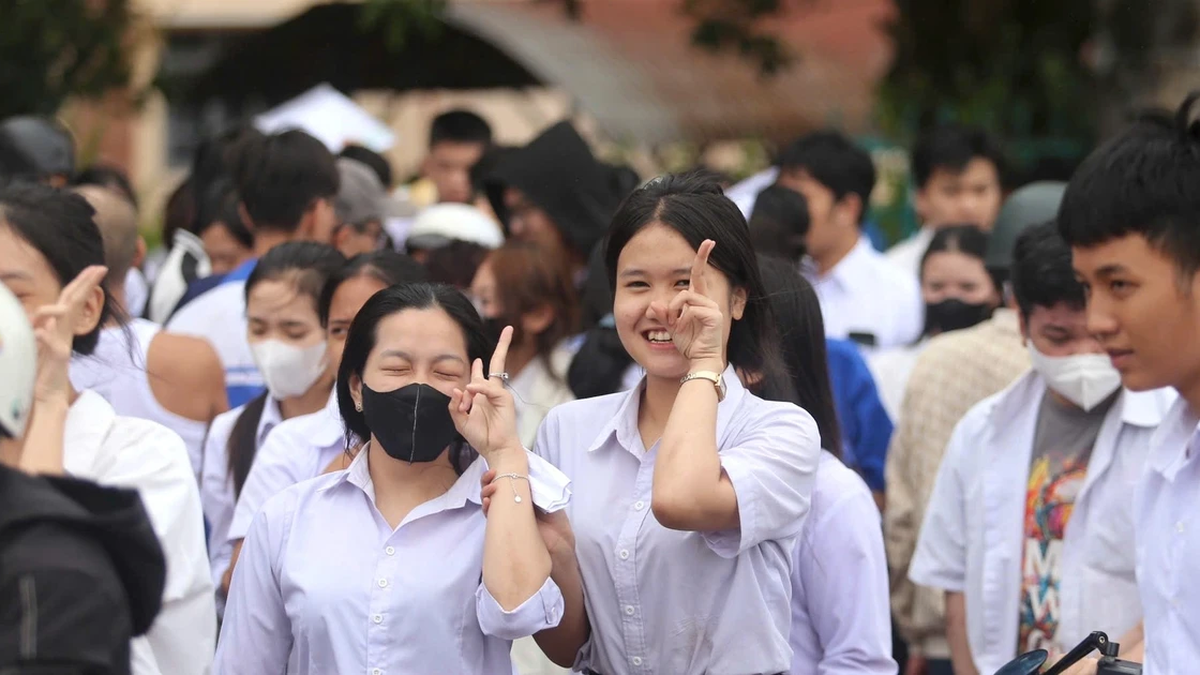

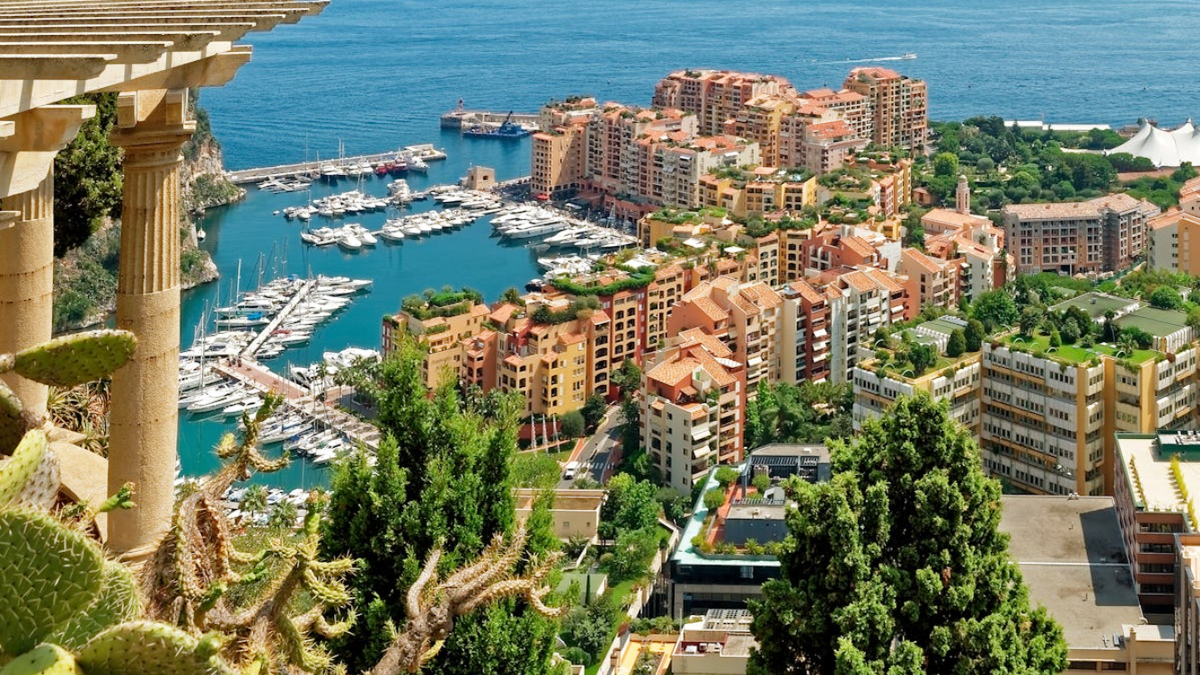
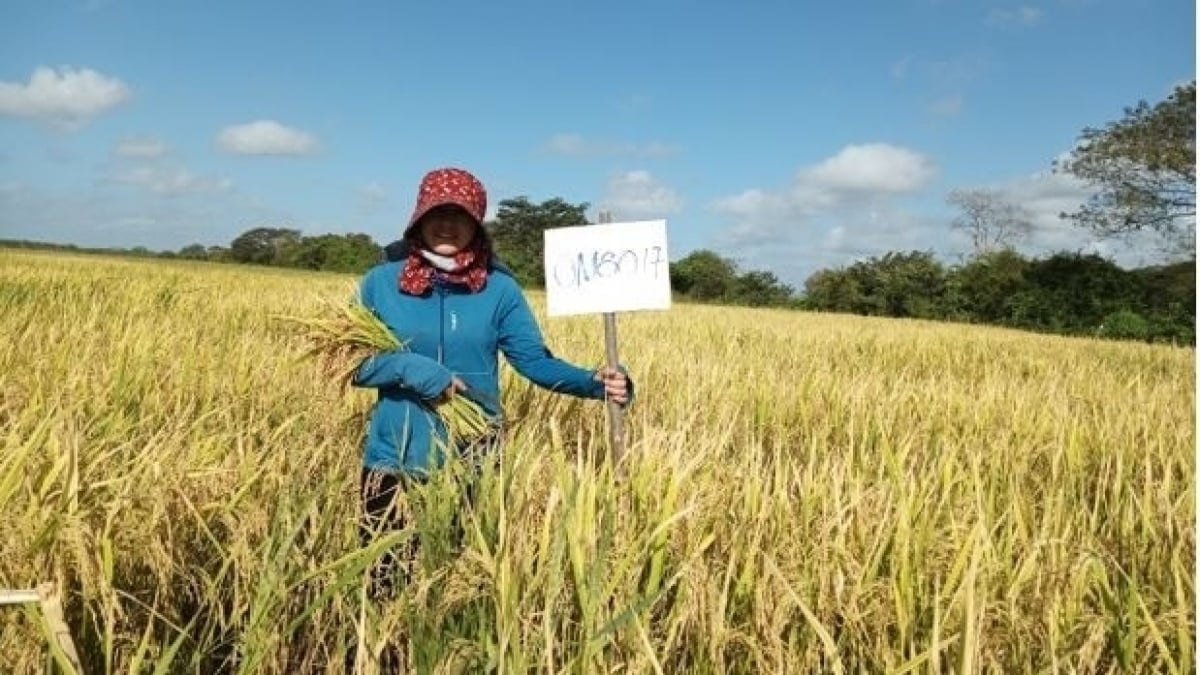









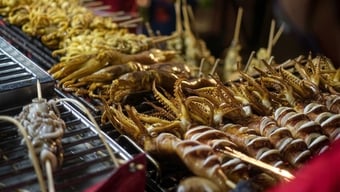


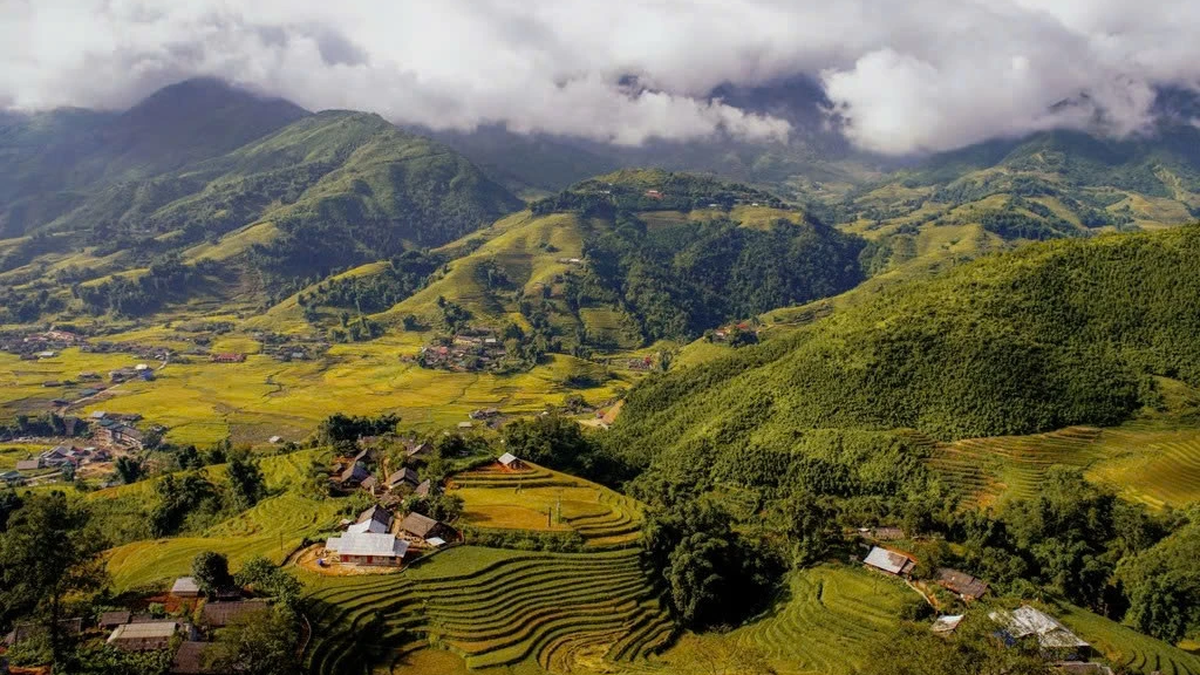
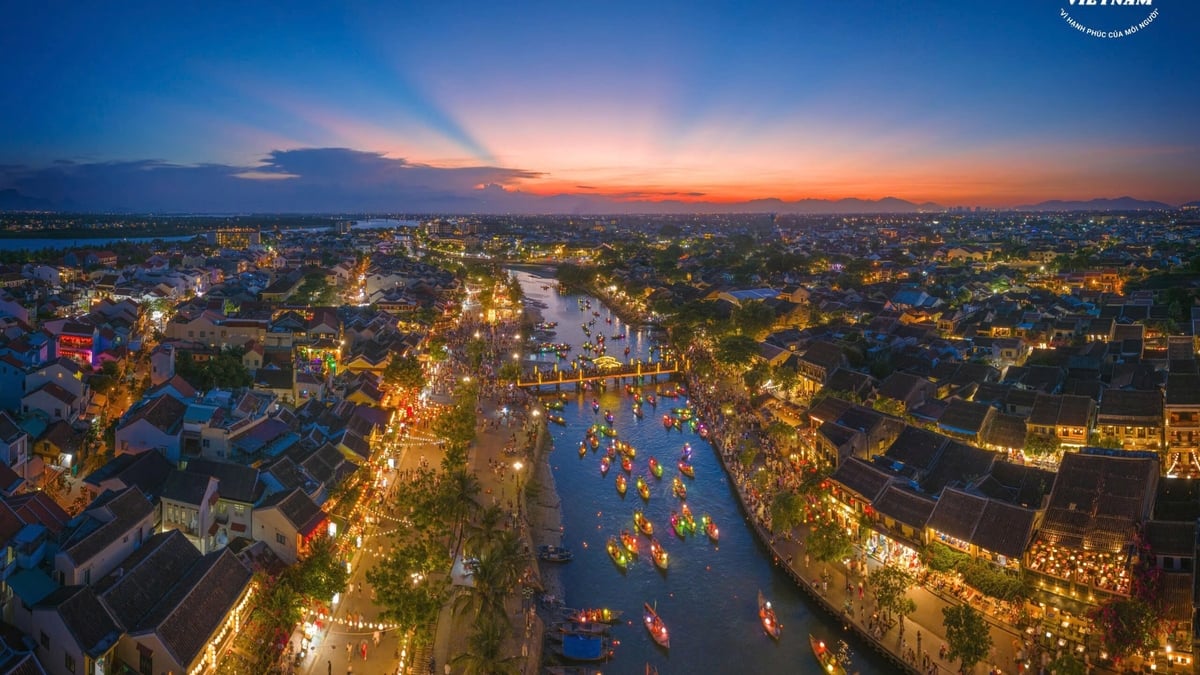




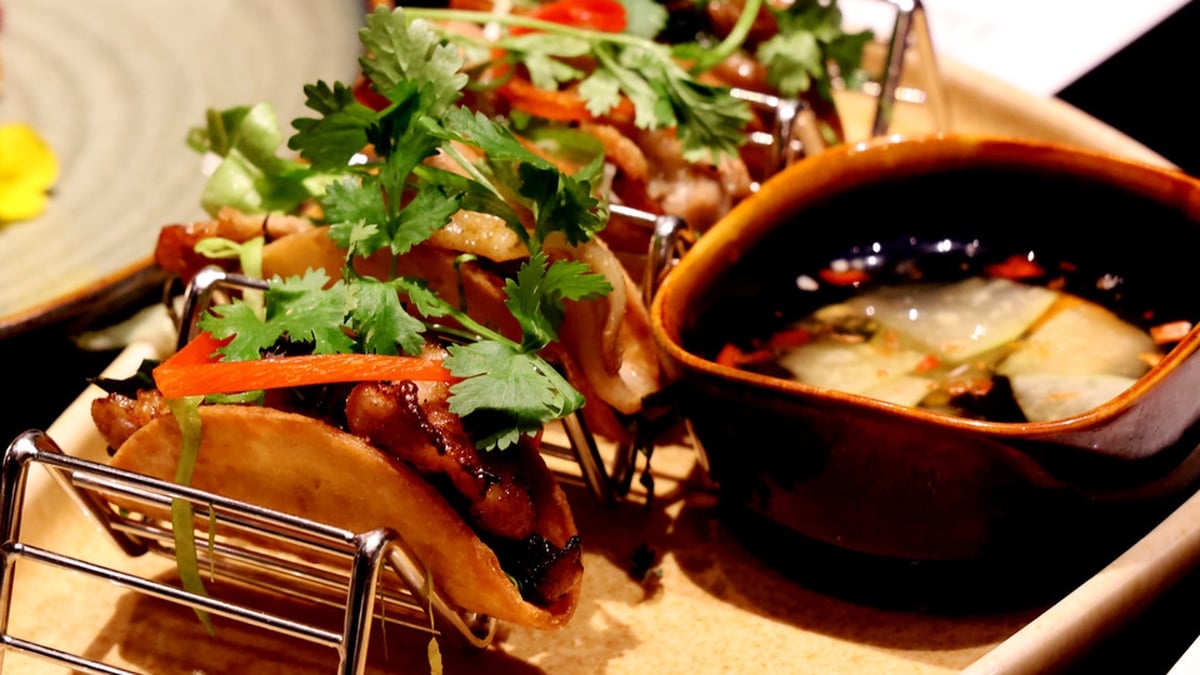

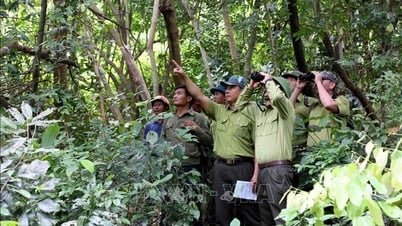

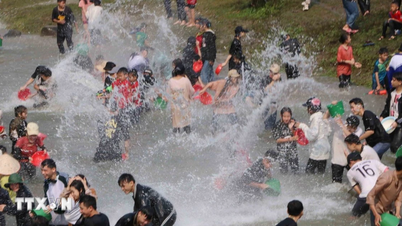



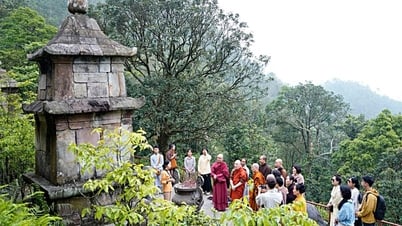

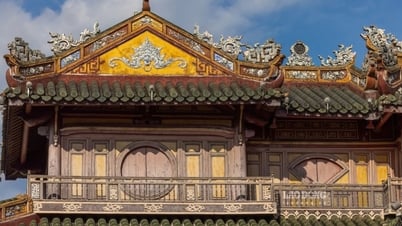




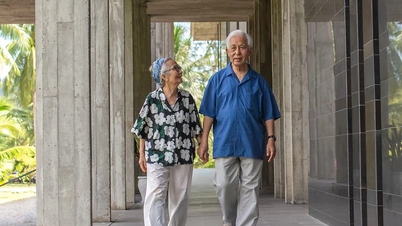

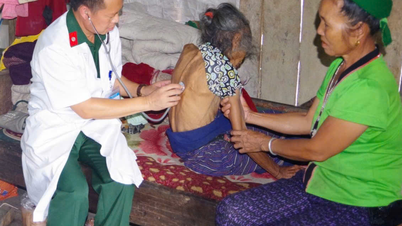





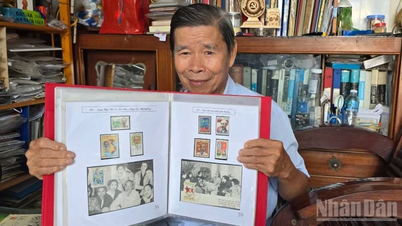















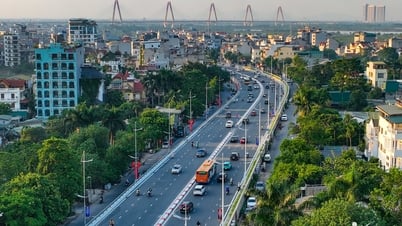





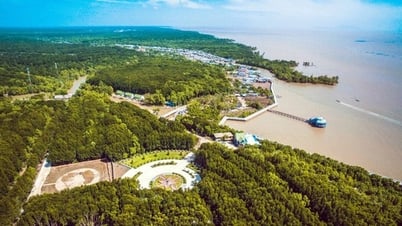













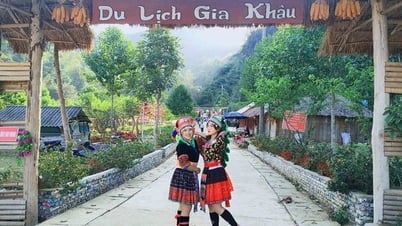



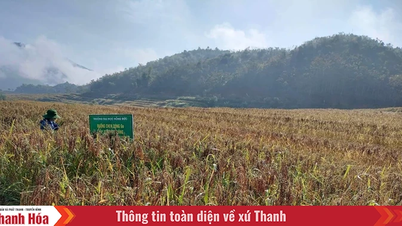

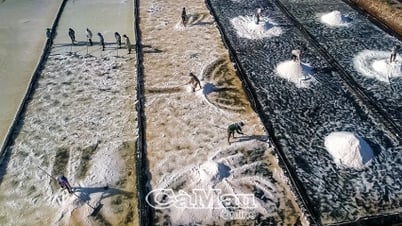


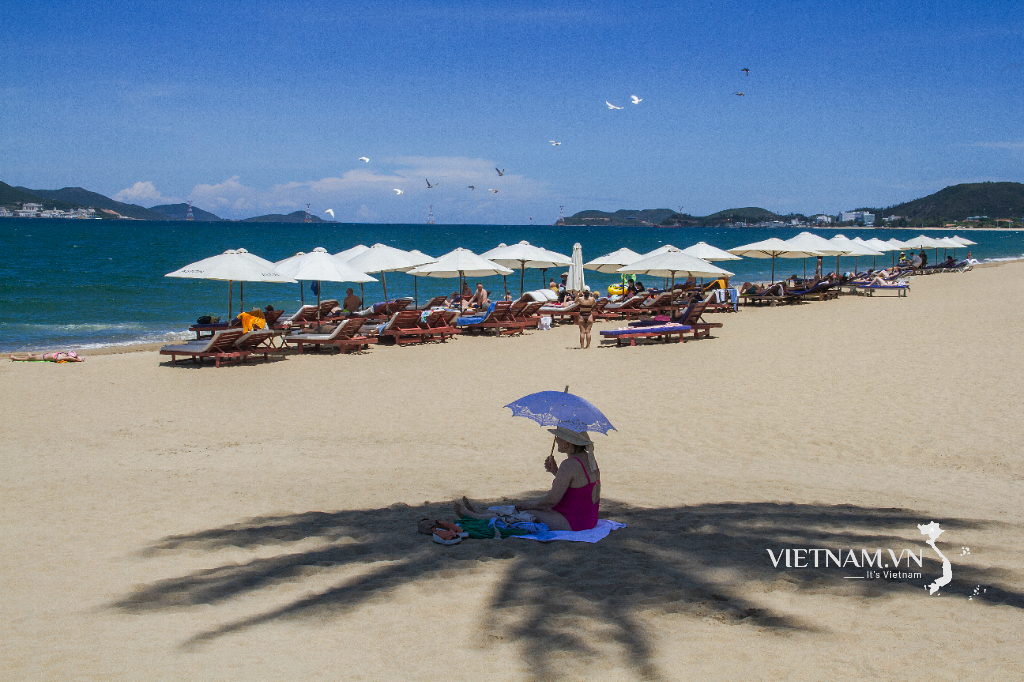


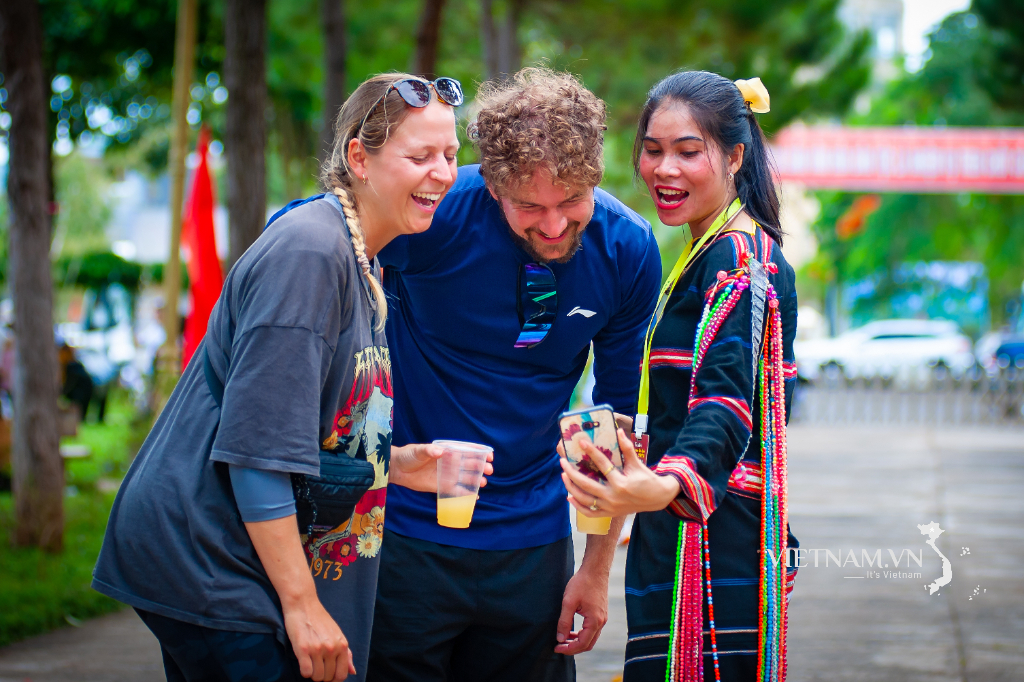
Comment (0)